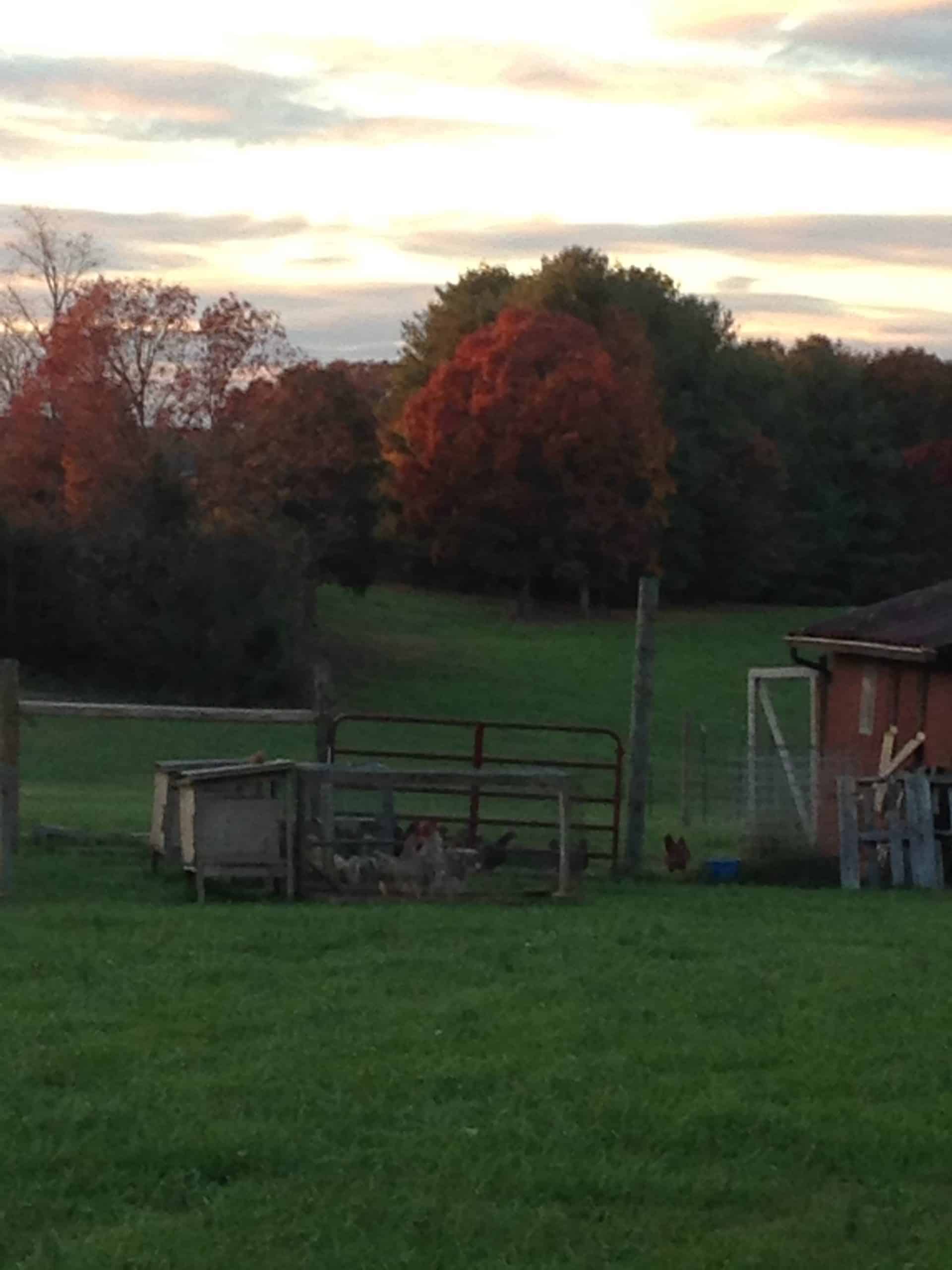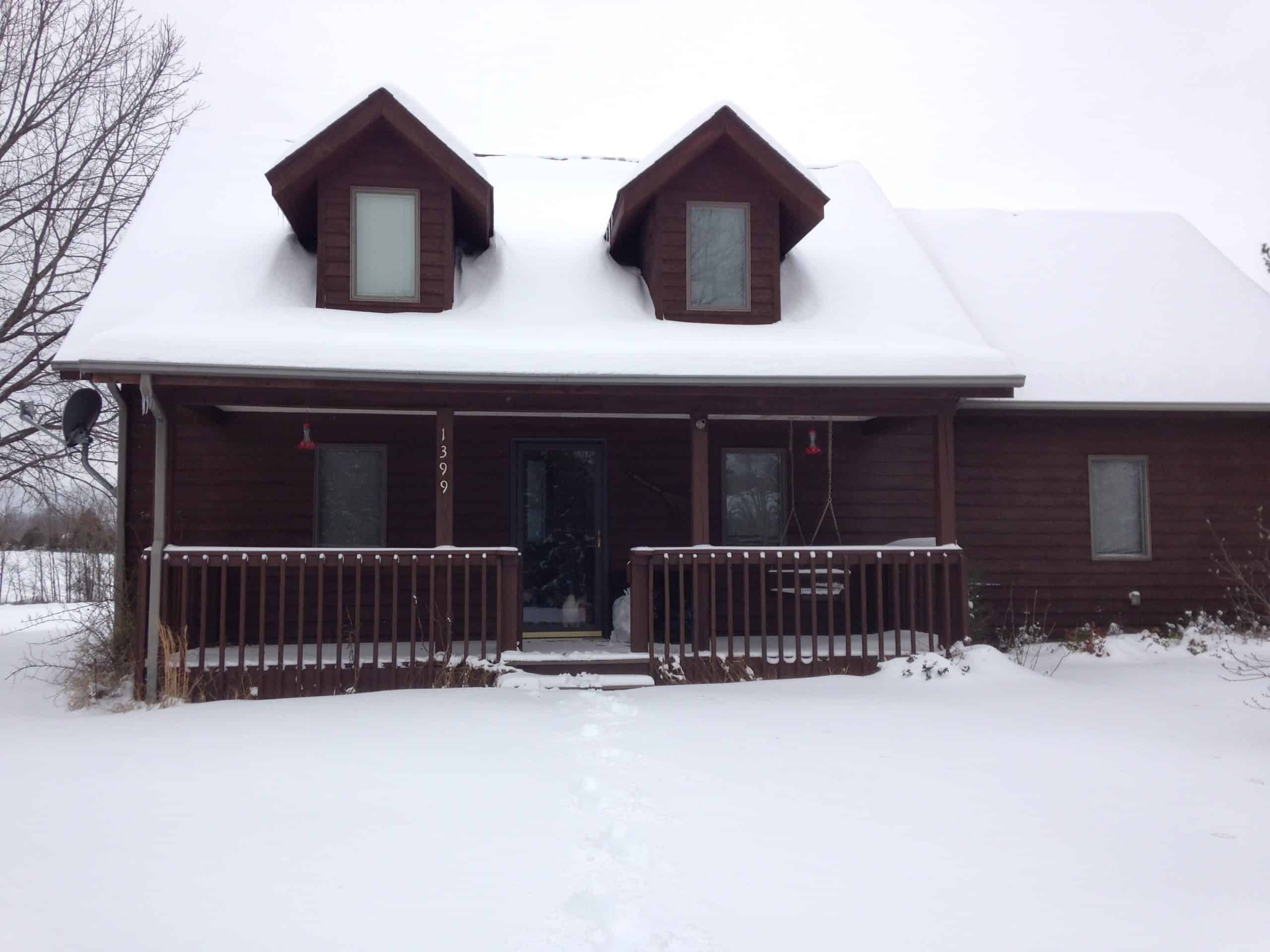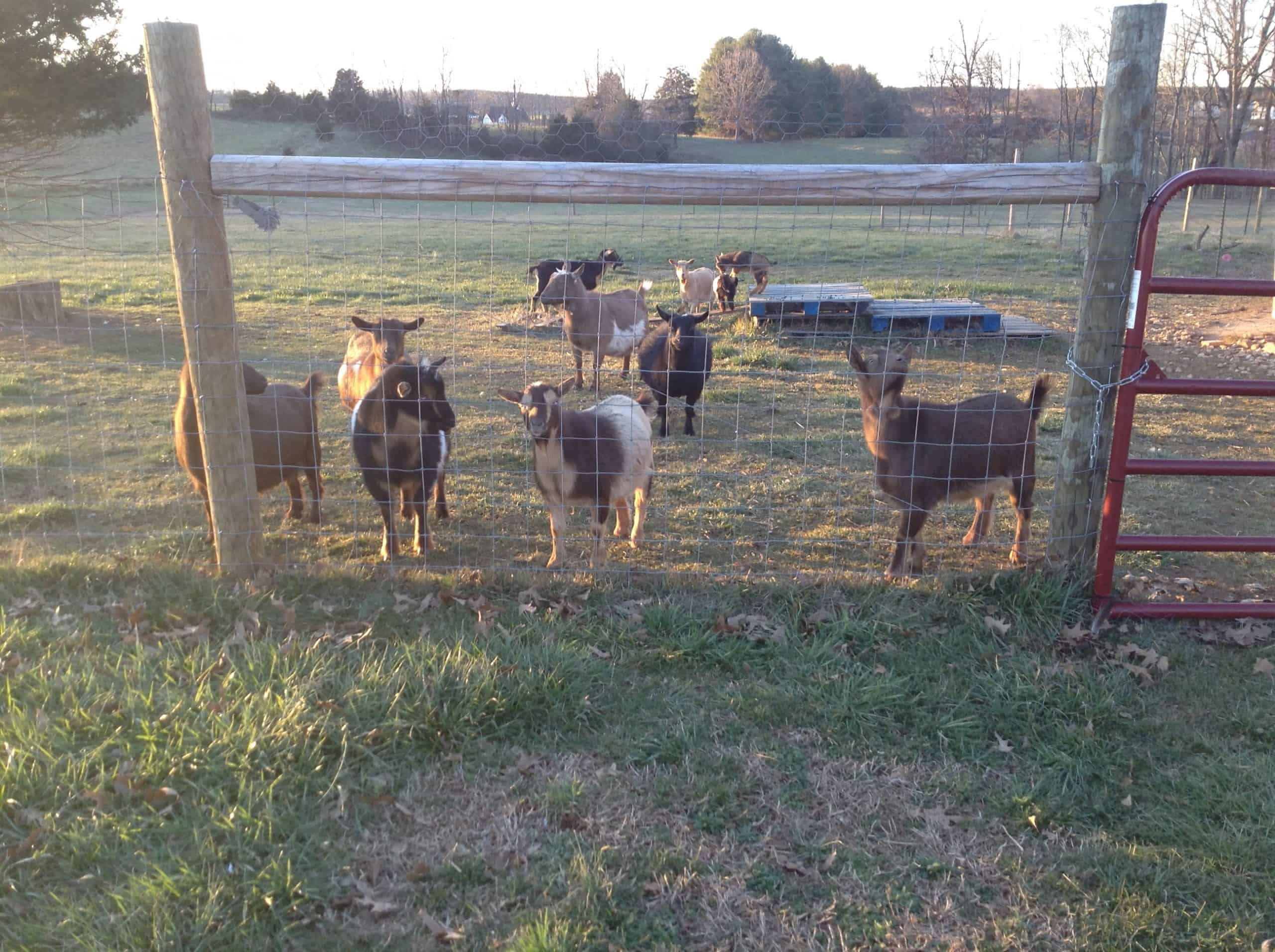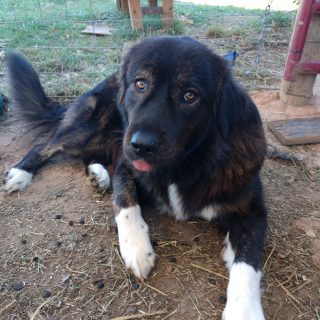If you are new to homesteading and just starting a homestead then it is important to know the key steps to success. Of course there is no concrete, set plan for homesteading for beginners. However, there are some general steps you can take to ensure you make your homestead exactly what you want it to be.
Keep reading for the 7 key steps you should take to get your homestead off the ground and running just the way you want.
Homesteading for Beginners
- Set Goals
- Assess What You have
- Assess What You Need
- Set A budget
- Learn & Find a mentor
- Start Your Projects
- Evaluate Regularly & Keep Growing
Of course each person will have a slightly different situation as they start their homesteading. When talking about homesteading for beginners, you might already have a section of land but not know where to start or you may be in a neighborhood looking to start where you currently are.
Either way, you will want to follow these general steps so that you can sculpt the homestead of your dreams.
Homesteading for beginners doesn’t have to be overwhelming, but it certainly can be. So, make sure you have a plan when you are starting your homestead.

Set Goals
Before you run out and buy all the chickens, seeds or goats make sure that you take time to set goals for your homestead. One essential ingredient here is to make your goals specific. We use SMART goals on our homestead.
SMART goals are specific, measurable, achievable, relevant and time based. What does this mean? Well, let’s use an example.
One of our SMART goals was to generate $1000 per month in profit through selling chickens by the end of the year. (This was one of very first goals for our homestead which we hit several years ago and have grown since then).
You can see that this is much better than “make money with chickens”. I mean, how will you know when you have met that goal? Is $1 in 5 years achieving it?
Ensure that you don’t get too overloaded and only set a few big goals for each year. Perhaps one per quarter is a good amount to strive for.
Make sure that you write out all of your homestead goals and keep them in a place that you can regularly assess and adjust as needed.
Assess What You Have
Once you have your goals set, you will need to start working on plans to hit those goals. The first thing you will want to do is assess what you have already that will help you work towards the goals.
If one of your goals is around creating a garden, then you may look at what space you have to use. Are you in an apartment, but have a balcony for container gardening? Maybe you have a quarter acre and can spare part of that for your garden.
What you have can also be skills. For example, maybe you are wanting to raise goats on your homestead. While, you may not have a barn, maybe you are a skilled builder and you can note those skills as something you have because they will enable you to build your own structure.

Assess What You Need
Once you have made note of all the things that you have already that will help you work towards your goals, next you need to figure out what you need.
So, in our gardening example above, you may have the space, but not the containers or raised beds. Or, in the goat example, you have the skills to build the barn, but not the building materials.
It is important to really hammer out everything you need because if you forget major things, that can really create issues later. When you are starting a homestead as a beginner don’t forget to include time as one thing you will need.
For example, if you are planning to build a barn, that will likely take hours and hours. If you work full time, have family obligations and other things, it may be that you only get a short amount of time each week to work on it.
Set a Budget
This may be the most stressful part of when it comes to homesteading for beginners. I mean, you can only do what your budget will allow you to do at the end of the day.
For example, if you want 100 acres, you’re going to need a pretty hefty budget, or some way to really save up for that land.
So, figure out what you can afford and then figure out how to grow your goals within that budget. One way to make your budget go a lot further is to start with things that will also save you money.
We didn’t have much money to start out with, though we knew we ultimately wanted a lot more. We decided to start with gardening - it doesn’t cost much to get started. And, we typically eat all organic which can get quite pricey. So, we actually ended up saving money with our homestead by growing a lot of our own produce.
After that, we added in a flock of 17 laying hens (which has since grown exponentially) to get pastured raised eggs. Again, chickens are a relatively small cost to get started. We work to save money on chicken feed. And we usually save money each month by having our own eggs versus buying them from the store.
Once you are saving some money with your homesteading activities you can take that and add it to your homestead budget and start growing your homestead towards your other goals.
We reinvested that money we saved into expanding to breeding chickens which turned our homestead profitable and that profit is what funded the start of our goat herd.
Of course, those are all just suggestions and are based on if you are trying to start a homestead with no money.
If you have a little more to put into starting your homestead you can jump into bigger things quicker.
Achieve your homestead goals with these easy goal setting and project planning workbooks.
Learn & Find A Mentor
If you are working on homesteading as a beginner, you will find out quickly that there is A LOT to learn. From best garden soil to chicken diseases to fence building and everything in between.
Even if you cannot jump into some of your goals right away, you can always start researching and learning now. That way when you are ready you can jump right in with the knowledge you need.
Also, especially for some of the more complex parts of homesteading, you may want to find a good mentor. They can prove invaluable as you continue on your journey.
A lot of things that happen on a homestead are learned just through experience, so having an experienced mentor can help you avoid issues and pitfalls.
Start Your Projects
At this point, you should have your goals set, supplies listed and budget ready to go. So, now is the time to get your homestead projects started.
Make sure that you schedule out your projects on a timeline that is reasonable. For example, you probably aren’t going to build an entire barn in one day. However, you might be able to get your garden area prepped in one weekend.
It is good to hold yourself accountable for at least some general timeframes that way you don’t start things and never finish or, conversely start things and wear yourself out doing too much all at once.
Homesteading is definitely a marathon, not a sprint.

Evaluate Regularly & Keep Growing
This last step in homesteading for beginners is key and one that some people miss. You want to always be evaluating your goals, assets and progress.
Keep note of how things are going, what you may want or need to change and keep moving forward.
Homesteading can be so rewarding, but it can also be overwhelming. So, make sure that your goals are achievable and that you are making headway toward them.
Also, it is OK to pivot as you learn more and see what works best for your homestead situation.
It is good practice to do at least monthly, quarterly and annual check-ins on your homesteads progress. Typically, we start with an annual plan, break it up into quarters. Then, at the start of each quarter we distribute tasks and goals into each month and also take some time to assess how the previous quarter went.
Assessing the previous quarter with lessons learned really helps you to see how you’re doing, but also what maybe needs some change or tweaking for next time.
FAQ
What skills do I need for homesteading?
Some skills that are handy for homesteading are: being frugal, being able to build things, being resourceful and being resilient. Of course, there are a whole slew of other skills that are important and which you need or don’t need can vary based on what you decide to do on your homestead.
Is homesteading hard?
Yes, homesteading is really hard. However, it is also very rewarding. And, if you use careful planning then it doesn’t all have to be hard. I mean, how hard can adorable baby goats be?! (If you ignore the all night bottle feeding anyway).
What is modern homesteading?
Modern homesteading is living a more self-sufficent life with what you have. It is all about going back to the basics, growing your own food, making your own items and doing other things that make you less dependent on others and give you more control over the things in your life.
How do you homestead in the suburbs?
Homesteading in the suburbs involves a little creativity usually. You will need to maximize your space, choose your animals wisely and be reasonable with your goals given the size of the space that you have. It is definitely possible, with a little planning.
Why do people start homesteads?
People start homesteads to be more self-sufficient, take ownership of their food supply, raise their own animals in a humane way, save money, live a simpler life, have more privacy and so much more. There are really so many different reasons that people may start a homestead, but those are some of the main reasons.
If you found this helpful check out, The Fruitful Homesteader: A Goal Setting and Project Planning System so that you can get your homestead working for you.




